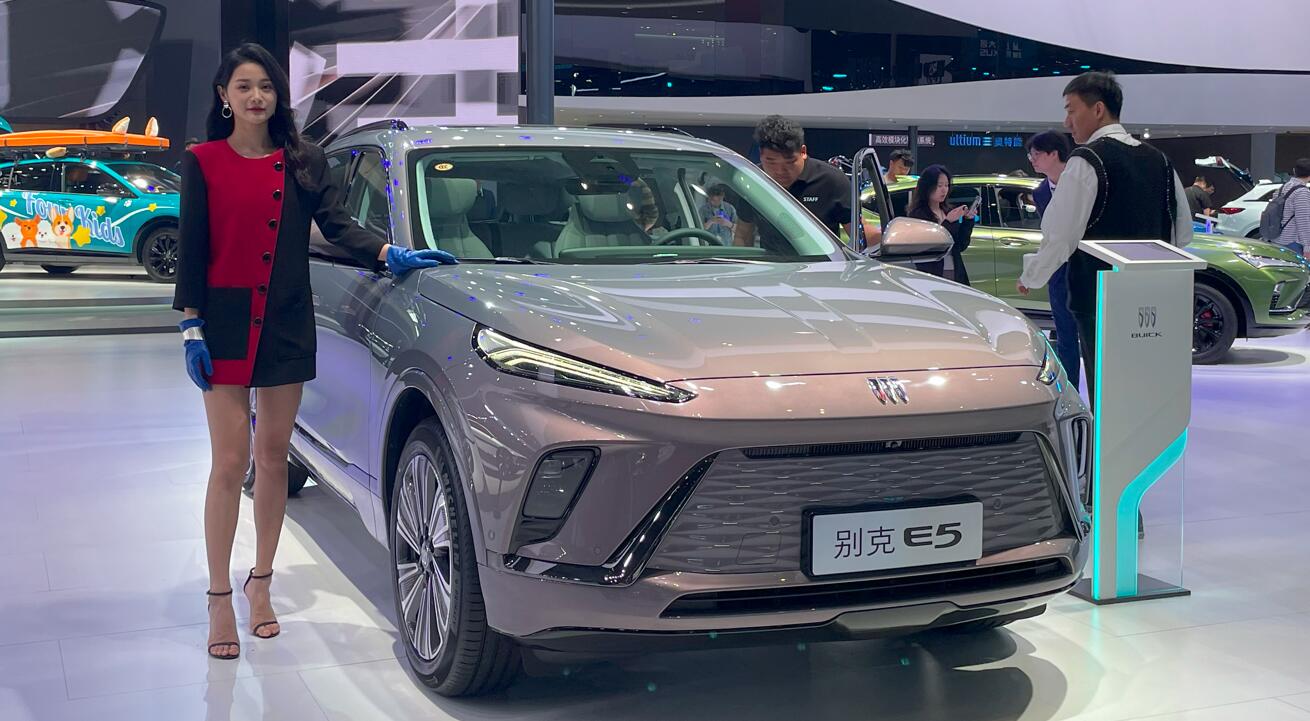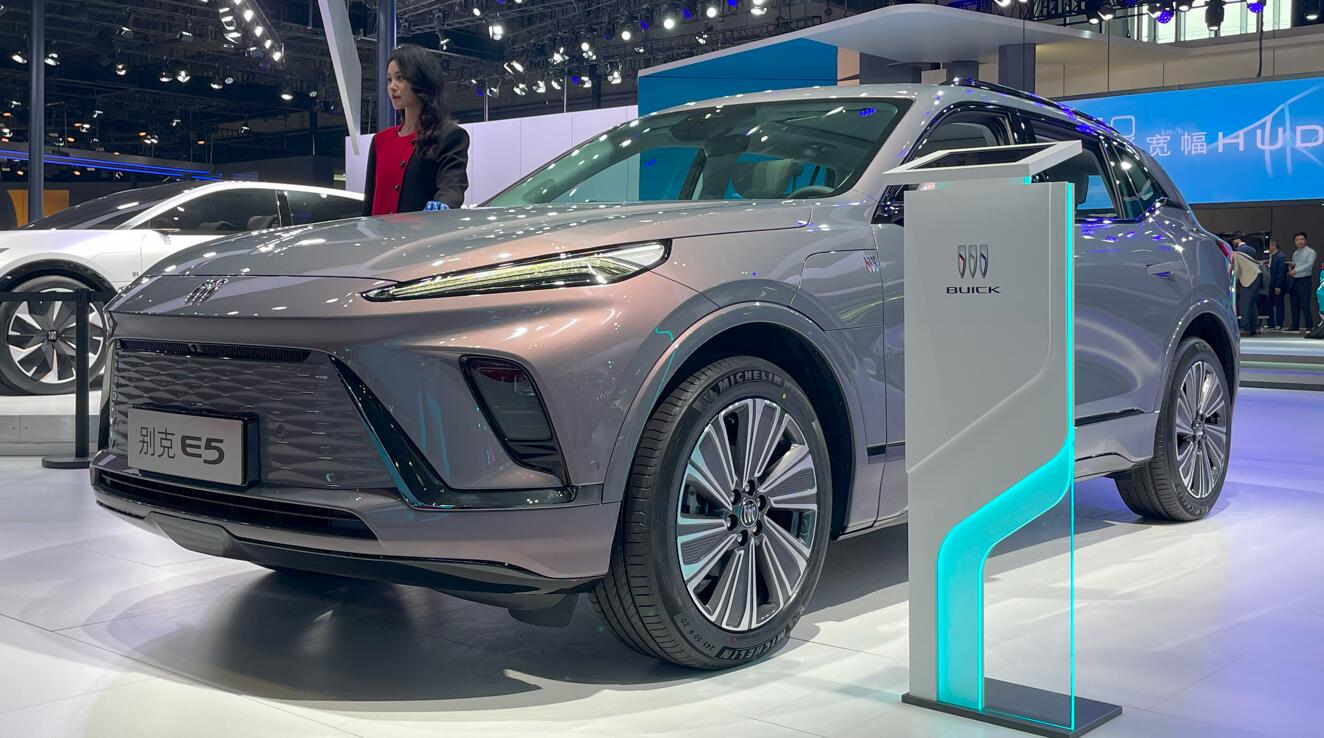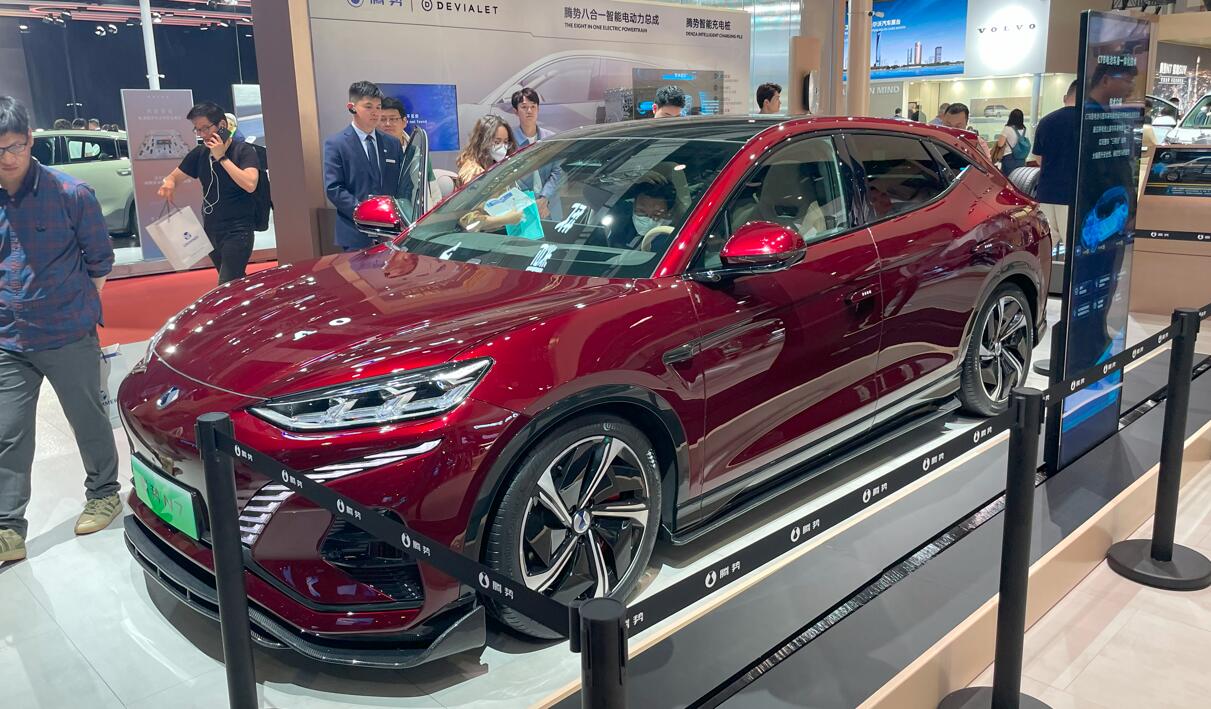This equates to a reduction of 1.07 million tons of carbon emissions, as well as saving customers about RMB 7 billion in energy costs. | NIO US | NIO HK | NIO SG

(Image credit: NIO)
NIO (NYSE: NIO) saw its cumulative user miles exceed 10 billion kilometers on April 25, marking a new milestone in the company's history.
NIO announced the milestone today on its mobile app, saying its total number of users to date exceeds 320,000.
NIO delivered 10,378 vehicles in March, bringing cumulative deliveries to 320,597 as of March 31, according to data monitored by CnEVPost.
"Reaching this landmark is a proud moment that confirms NIO is a trusted and proven solution for our loyal users. Our compelling range of power solutions, such as our battery swap stations, offers the freedom to travel freely, knowing a robust power solution is never far away," said William Li, founder, chairman, and CEO of NIO.
The company -- all of whose vehicles are zero-emission battery electric vehicles -- said the 10-billion-kilometer mileage represents a reduction of 1.07 million tons of carbon emissions and a savings of about RMB 7 billion ($1 billion) in energy costs for users.
To date, NIO user footprints have covered over 370 cities worldwide. More than 11,000 of them have driven more than 100,000 kilometers, with the longest one reaching nearly 450,000 kilometers.

(Image credit: CnEVPost)
Users have driven more than 821 million kilometers with NIO's assisted driving system, with a cumulative usage time of about 10.76 million hours.
The total mileage of NIO's NOP (Navigate on Pilot) system reached 310 million kilometers, and the total mileage of NOP Plus reached 2,730 kilometers.
As of April 25, NIO has provided more than 21 million battery swap services, and the percentage of power provided by battery swap stations exceeds 60 percent, according to the company.
NIO's battery swap stations provided a peak of 62,356 battery swap services in a single day, equivalent to one NIO vehicle receiving a fully charged battery from these stations every 0.7 seconds, it said.

(Image credit: CnEVPost)
As of April 25, NIO had 1,369 battery swap stations in China, 362 of which are located along highways.
It also has 2,512 charging stations in China, offering 14,903 charging piles, and its charging map has access to 690,000 third-party charging piles.
The company will add 1,000 battery swap stations in China this year, according to its previously announced plans.
In Europe, NIO plans to add up to 70 battery swap stations this year, according to a press release today.
During the upcoming Labor Day holiday, all NIO owners will have unlimited free access to battery swap stations located along highways, it announced yesterday.
This year's Labor Day holiday in China runs from April 29 to May 3. NIO owners will have free access to these battery swap stations from April 28 to May 4, although vehicles used for operational purposes are excluded.
($1 = RMB 6.9239)
The post NIO sees cumulative user mileage exceed 10 billion km appeared first on CnEVPost.
For more articles, please visit CnEVPost.













